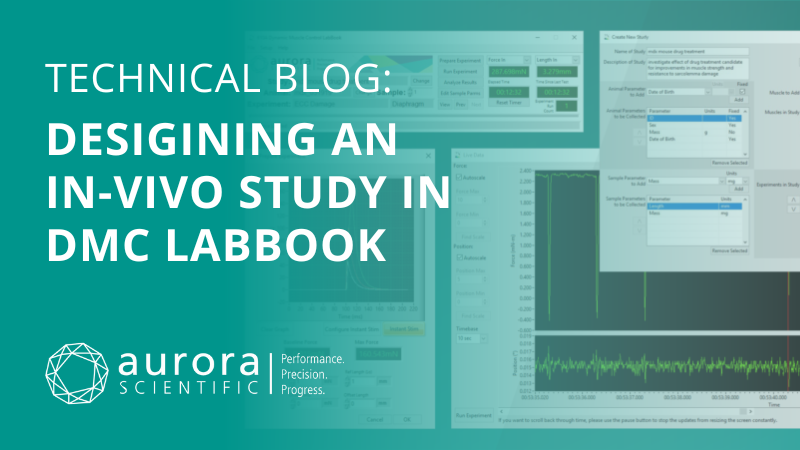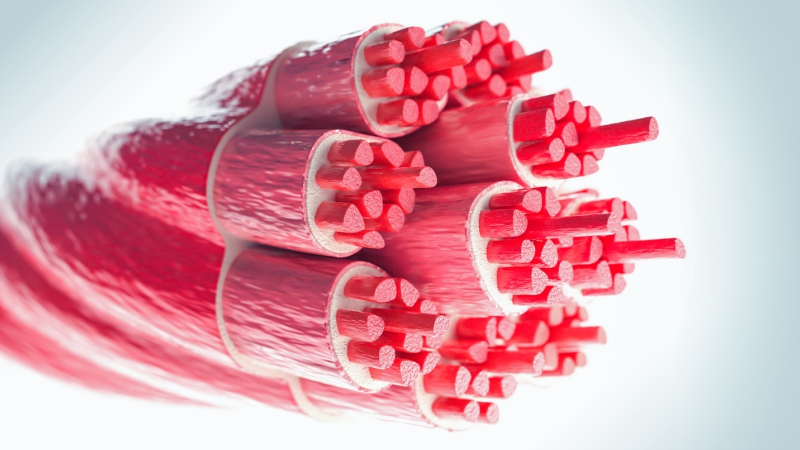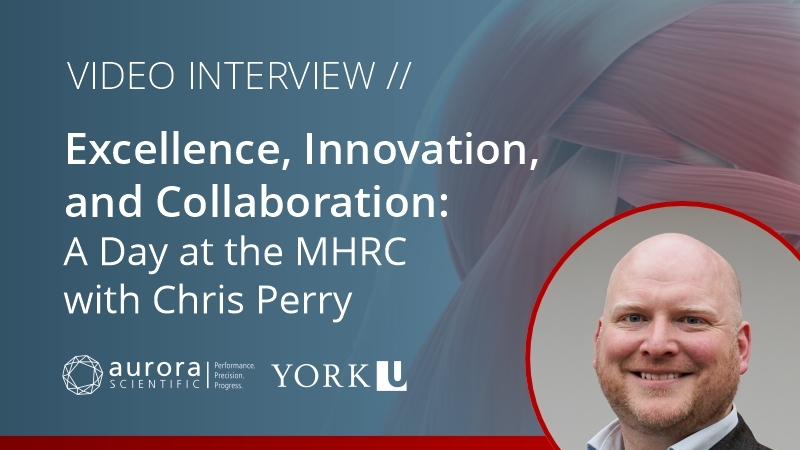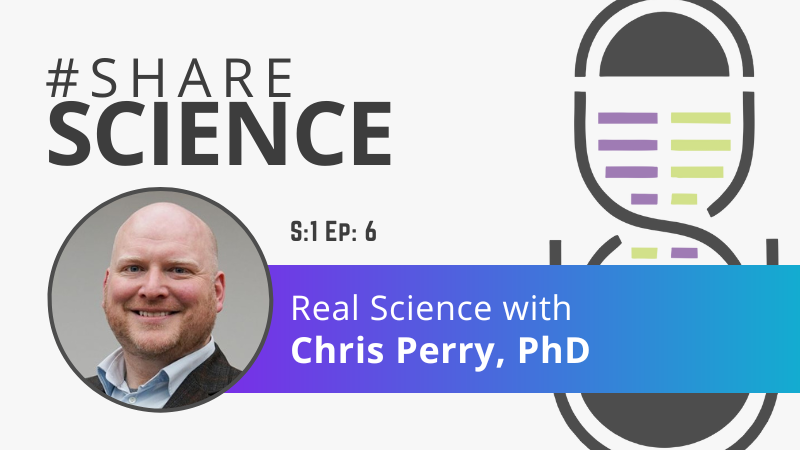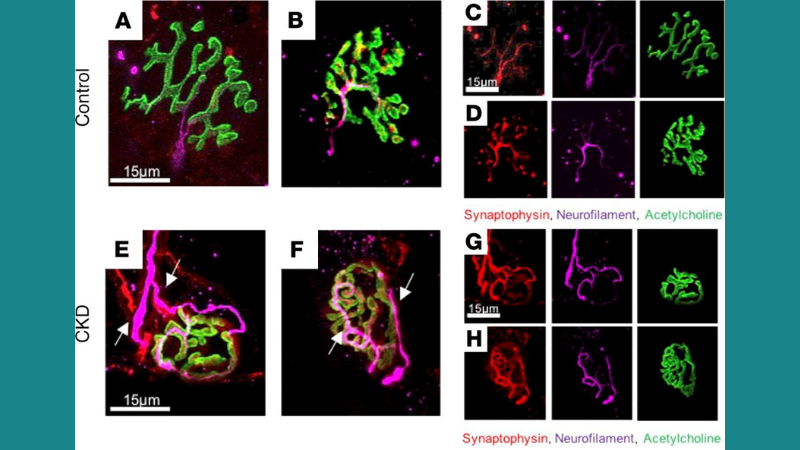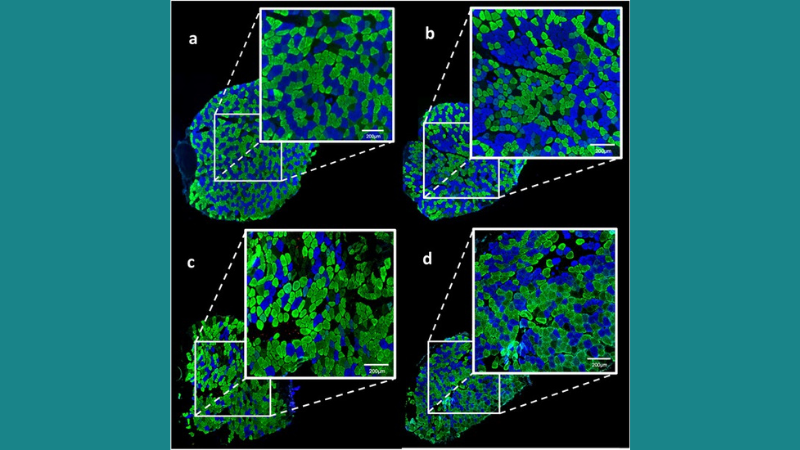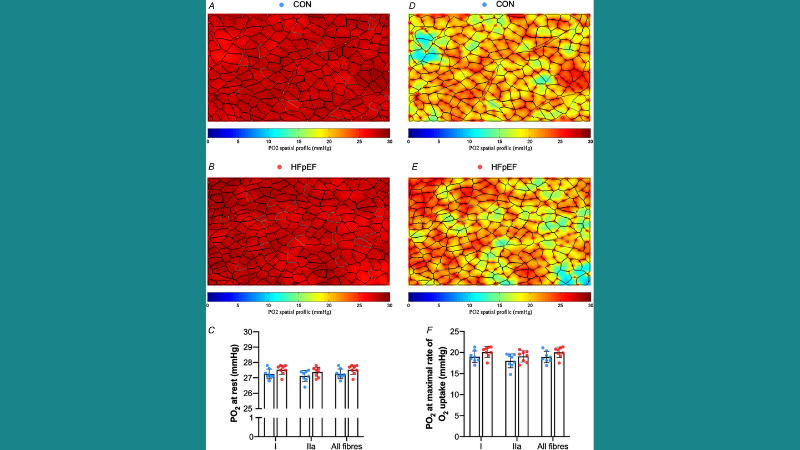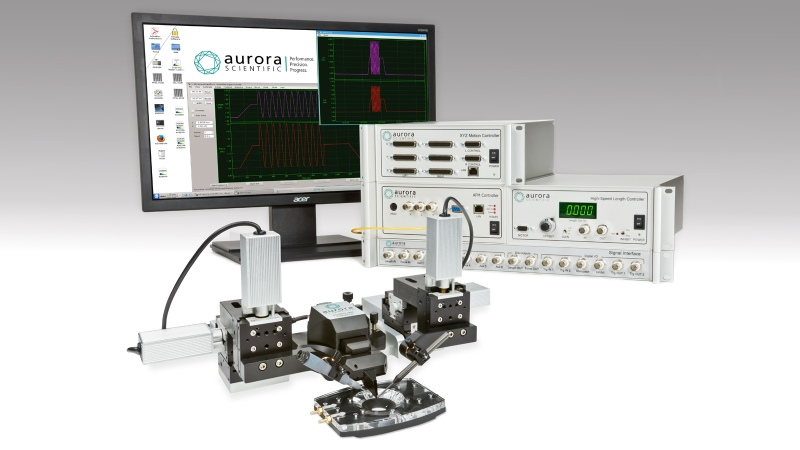Designing an in-vivo study in DMC LabBook
This blog will provide a walkthrough of how to design a study in our Dynamic Muscle Control (DMC) LabBook software, specifically for 1300A 3-in-1 Whole Animal System in-vivo experiments.
Excellence, Innovation, and Collaboration: Key Research at the MHRC
This past April, we partnered with InsideScientific and the Muscle Health Research Centre (MHRC) at York University, a one-of-a-kind facility that fosters an interdisciplinary approach to the study ...
Excellence, Innovation, and Collaboration: Student Research at the MHRC
This past April, we partnered with InsideScientific and the Muscle Health Research Centre (MHRC) at York University, a one-of-a-kind facility that fosters an interdisciplinary approach to the study ...
Functional Recovery of the Musculoskeletal System Following Injury – Leveraging the Large Animal Model
Watch Dr. Sarah Greising discuss the current pathophysiologic understanding of the skeletal muscle remaining following traumatic musculoskeletal ...
Excellence, Innovation, and Collaboration: A Day at the MHRC with Arthur Cheng
Interviewing Dr. Arthur Cheng at the Muscle Health Research Centre (MHRC), York University, an innovative research centre that facilitates the interdisciplinary study of muscle biology and the ...
Excellence, Innovation, and Collaboration: A Day at the MHRC with Chris Perry
Interviewing Dr. Christopher Perry at the Muscle Health Research Centre (MHRC), York University, an innovative research centre that facilitates the interdisciplinary study of muscle biology and the ...
Talking Real Science with Chris Perry
Christopher Perry, PhD, an Associate Professor at York University with the School of Kinesiology & Health Science joined us to talk in detail about his career path that led him to study regulation of ...
Mitochondrial Bioenergetics and Muscle Function
Highlighted in this publication review are systems available from Aurora Scientific that have aided studies of mitochondrial bioenergetics and muscle function in various research areas, including ...
Myofilament Mechanics in Cardiac and Skeletal Muscle
This publication review highlights how Aurora Scientific offers technologies and instruments for facilitating mechanistic ...
Modelling Exercise-Induced Muscular Changes Using Dynamic Contractions
This publication review highlights how some of our instruments have been used to study the morphological characteristics and function of muscle, as well as myocellular signaling, in rodent models of ...
Best of 2021: Muscle Physiology
This publication review summarizes some of the best recent articles that fall under our Muscle Physiology ...
Using the 1700A Single Myofibril System – Tips and Tricks
The 1700A single myofibril system (sometimes referred to as the ‘Penguin’) is commonly used to investigate the active and passive properties of single ...
How to calibrate an Aurora Scientific High Speed Length Controller using HVSL
Our 315D & 322D models of High-Speed Length Controllers are routinely used by researchers studying small tissue samples such
Gut bacteria are critical for optimal muscle function: a potential link with glucose homeostasis
Gut microbiota influence the development of several chronic diseases including obesity, diabetes, and allergies. Recent studies suggest that an imbalance of gut microbiota may also influence muscle metabolism and contribute to muscle atrophy. This study focused on characterizing the impact of gut microbiota depletion on skeletal muscle by analyzing mice treated with gut-microbiota depleting antibiotics (ABT), mice treated with antibiotics followed by natural reseeding of microbiota (NAT), and control mice (CTL). Each group underwent running tests, where no differences were found in maximal aerobic velocity between each group. For the “Limit time to exhaustion during submaximal running test”, Tlim was significantly lower at day 9 than day 0 in both ATB and NAT mice. However, Tlim at day 19 was lower than day 0 in only the ATB group. Ex vivo contractile tests were then conducted using Aurora’s 305C Dual-Mode Muscle Lever and 701C High-Power Stimulator. EDL maximal strength was unaffected by the running tests; however, EDL muscle fatigue index was significantly reduced in ATB mice when compared with CTL and NAT mice. To investigate the role of gut microbiota on muscular glucose homeostasis, the authors analyzed markers linked to glucose metabolism in the gut-skeletal muscle. Levels of fasting-induced adipocyte factor (Fiaf) were significantly higher in the ATB group. In addition to this, free fatty acid receptor 3 (Gpr41) expression decreased. Following natural reseeding of the NAT group, increased levels of Gpr41 mRNA were observed when compared with the ABT group. Ileum muscle glycogen was also found to be significantly lower in ATB mice. These results highlight the interplay between gut microbiota and skeletal muscle. This study also provides insight into microbiome-based strategies for muscle therapy.

